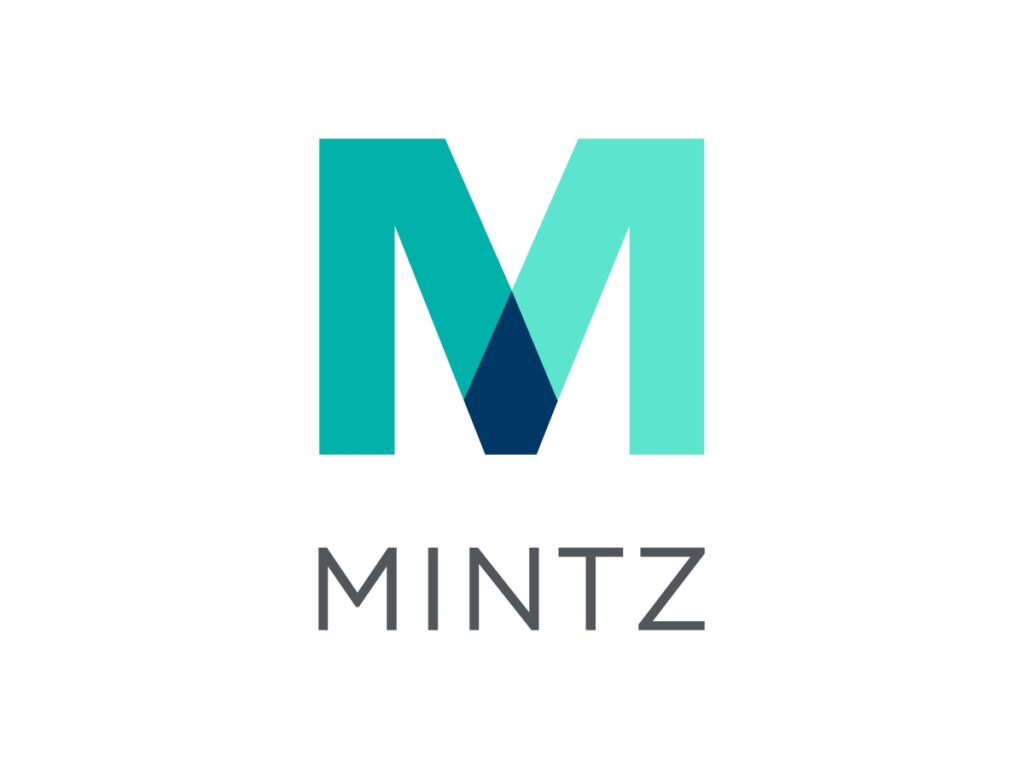Navigating Patent Eligibility for AI in Networking: Insights from the USPTO
For years now, artificial intelligence (AI) has been a game-changer in the networking realm, offering groundbreaking approaches to enhance efficiency, performance, and security within computer networks. Unlike human operators who typically react to network incidents after they occur, AI empowers organizations with proactive predictive network management. This means potential performance hiccups and security threats can be resolved before they even arise. However, as the demand for patent protection in this innovative sector grows, applicants face a considerable hurdle: navigating the complex subject matter eligibility requirements that can leave even the most advanced AI-driven networking solutions vulnerable to rejection if not appropriately articulated.
In this article, we’ll dig into the latest guidance issued by the United States Patent and Trademark Office (USPTO) concerning patent subject matter eligibility under 35 U.S.C. § 101, particularly as it relates to AI and emerging software technologies. We’ll explore this guidance through the lens of Example 47: Anomaly Detection, and examine its implications specifically for networking applications using AI.
Understanding Example 47: Anomaly Detection
Example 47 showcases a hypothetical invention that leverages an artificial neural network (ANN), a sophisticated machine learning model comprised of interconnected "neurons," to identify anomalies within computer networks. Unlike traditional detection methods, this ANN claims to deliver improved accuracy and efficiency. It can even be implemented using application-specific integrated circuits (ASICs), which are custom-built for AI applications and often outperform standard computer processing units (CPUs).
Analyzing Patent Eligibility: Insights from Sample Claims
Our analysis of the recent USPTO guidance focuses on three sample independent claims included in Example 47. Notably, out of these three, only two are considered patent-eligible, while one fails to meet the necessary criteria. This examination offers valuable insights into how claims related to AI in the networking space can be shaped for better chances of approval.
Key Takeaways for Crafting Claims
To navigate the patent eligibility landscape more effectively, here are some essential tips for formulating claims that are more likely to pass under 35 U.S.C. § 101:
- Be Specific: Clearly define how your invention utilizes AI. Avoid vague language that may lead to ambiguity in understanding the innovation’s uniqueness.
- Demonstrate Practical Application: Highlight how your AI implementation solves specific real-world problems in networking, showcasing its practical utility.
- Emphasize Technical Details: Include technical specifications that differentiate your invention, such as the unique architecture of the ANN or the functionality of the ASIC.
Conclusion: A Bright Future for AI in Networking
The interplay between AI and patent law remains a complex but fascinating area of focus. As we gain more clarity from regulatory bodies like the USPTO, those in the networking field can better position their inventions to navigate these waters successfully.
The AI Buzz Hub team is excited to see where these breakthroughs take us. Want to stay in the loop on all things AI? Subscribe to our newsletter or share this article with your fellow enthusiasts.




